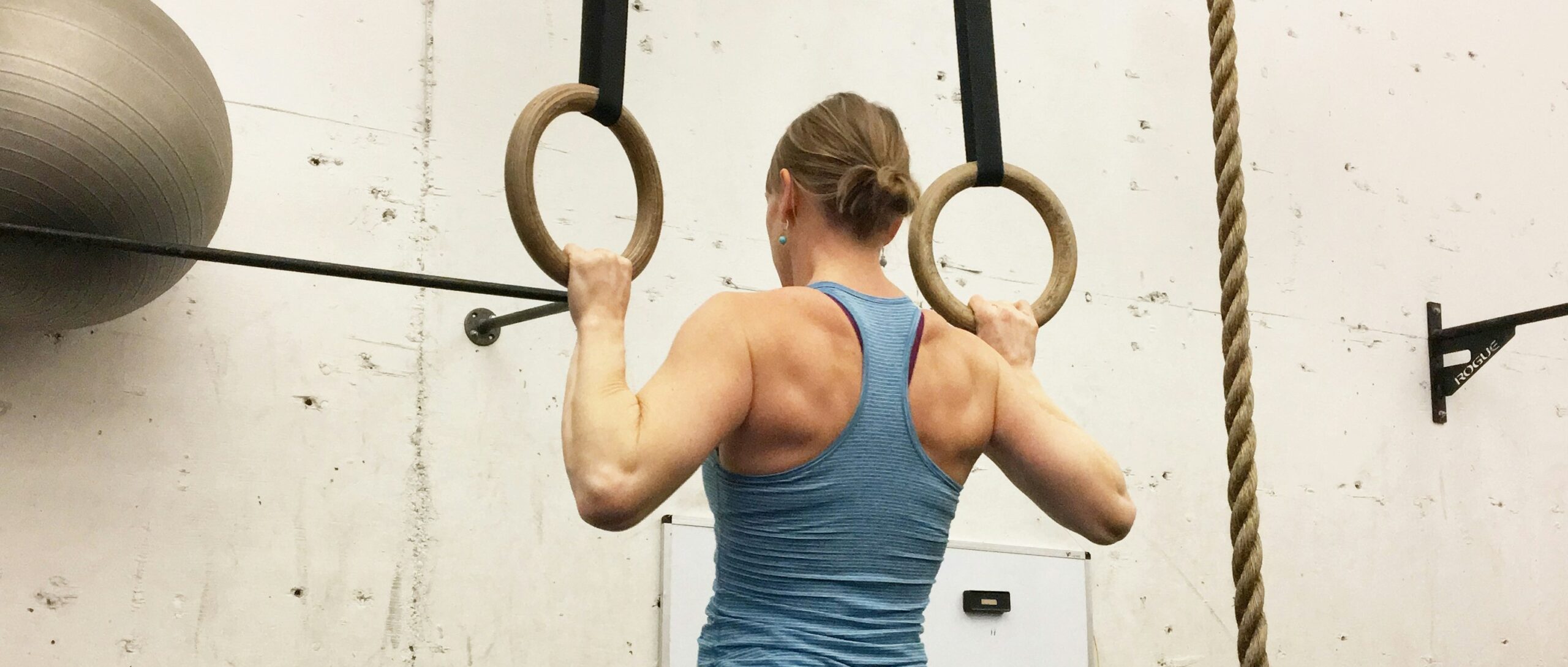Shoulder Pain
This page on shoulder pain was kindly writen by one of our shoulder physios, Kyle Owens (BExSci, DPhty). If you are suffering from shoulder pain and need a diagnosis and treatment please give us a call on (07) 5523 9994 or book online.
1. Rotator Cuff Tendinopathy
- Pain and dysfunction of the rotator cuff tendons in response to short or long term overuse
- Most common cause of shoulder pain (~30% of patients)
- Results after a failed healing response which causes disruption of normal tendon structure
Cause -repeated stress on the rotator cuff tendon
Symptoms – dull shoulder pain (front/side of top part of shoulder), aggravated by overhead movements, lifting exercises, and direct compression to the shoulder joint
Risk factors – heavy work, repetitive overhead movements, overtraining, muscle imbalance, unhealthy bodyweight
2. Subacromial Bursitis
- Inflammation or the bursa (fluid filled sac that reduces friction at tendon/bone interfaces)
- Can be acute or chronic
Cause – repetitive movements/positions
Symptoms – anterior or lateral shoulder pain, pain with overhead movements, often worse at night, direct compression to the shoulder joint, warmth or redness in the region
Risk factors – sports/occupation requiring repetitive arm or overhead movements, weight
3. Rotator Cuff Tear
A tear in one or more of the rotator cuff tendons (supraspinatus, infraspinatus, subscapularis, teres minor)
Cause – degenerative changes in the tendon, excessive repetitive motions, falling onto shoulder or outstretched hand, unexpected pulling/pushing force
Symptoms – severe shoulder pain at time of injury, night pain, weakness, stiffness, pain with overhead movements
Risk factors – previous rotator cuff injury, age, occupation requiring repetitive arm or overhead movements
4. Osteoarthritis (OA)
Either glenohumeral or acromioclavicular – OA is an age related wear and tear of the articular cartilage (smooth covering) around the bones resulting in a decrease in the joints ‘protective space’
Cause – Often a normal part of aging (“wear and tear”), traumatic shoulder injuries, more common in those with laborious occupation or sports requiring repetitive shoulder movements
Symptoms – progressive pain in shoulder joint (often posterior shoulder pain) , pain at rest, night pain, clicking noises, stiffness
Risk factors – age, previous injury, occupation, sports
5. Labral Tear
Tears in the cartilage around the shoulder joint (labrum). The labrums purpose is to deepen the shoulder joint and help stabilise the joint.
3 main types of labral tears:
- SLAP lesion (Superior Labrum, Anterior to Posterior)
- Bankart lesion (often caused by a dislocation)
- Posterior labral tear
Cause – fall onto outstretched arm, direct contact to shoulder, sudden pull when lifting, violent overhead movement, repetitive shoulder movements
Symptoms – instability in the shoulder, shoulder pain with overhead activities, loss of strength and movement
Risk factors – repetitive shoulder injuries, previous shoulder injuries, anatomy
6. Adhesive Capsulitis (Frozen Shoulder)
Unexplained thickening of the shoulder capsule (strong connective tissue surrounding the joint). Has 3 stages:
- Freezing – increasing shoulder pain and stiffness (usually 1-9 months in duration)
- Frozen – decrease in pain although similar stiffness (usually 4-6 months)
- Thawing – slow return to normal strength and range of motion
Cause – unknown exact cause – more common after trauma or immobilisation. People with diabetes, hyperthyroidism and Parkinson’s disease are at greater risk.
Symptoms – shoulder pain and stiffness (progressive), night pain,
Risk factors – age (40-60), previous trauma, immobilisation, diabetics.
How Can Physio Place Help?
Physiotherapists will examine your shoulder by looking at range of motion, strength and use special tests to include or exclude other pathologies. This information, coupled with information you provide will allow the physiotherapist to give you a diagnosis for your shoulder pain. Imaging may or may not be required top help strengthen the diagnosis.
Following the examination, your physiotherapist may:
- Give advice and education surrounding your diagnosis and cause of your shoulder pain, prognosis and other expectations
- Provide some massage, dry needling/acupuncture or joint mobilisations to restore range of motion and provide pain relief
- Work with you to find appropriate work/activity modifications to alleviate your shoulder pain
- Provide exercises you will do in clinic or at home to help rehabilitate your shoulder
- Use sports tape or braces to help stabilise the joint
- Refer to a specialist for more complex presentations
- Refer to our Exercise Physiologist or Remedial Massage Therapist to help support your shoulder rehabilitation
Contact Us (07) 5523 9994 to Start Your Road to Recovery with the Team You can Trust!
To make a consultation or book your next appointment? Our physio experts are here to give you a helping hand. Please give us a Call or Contact Us via the online form.




